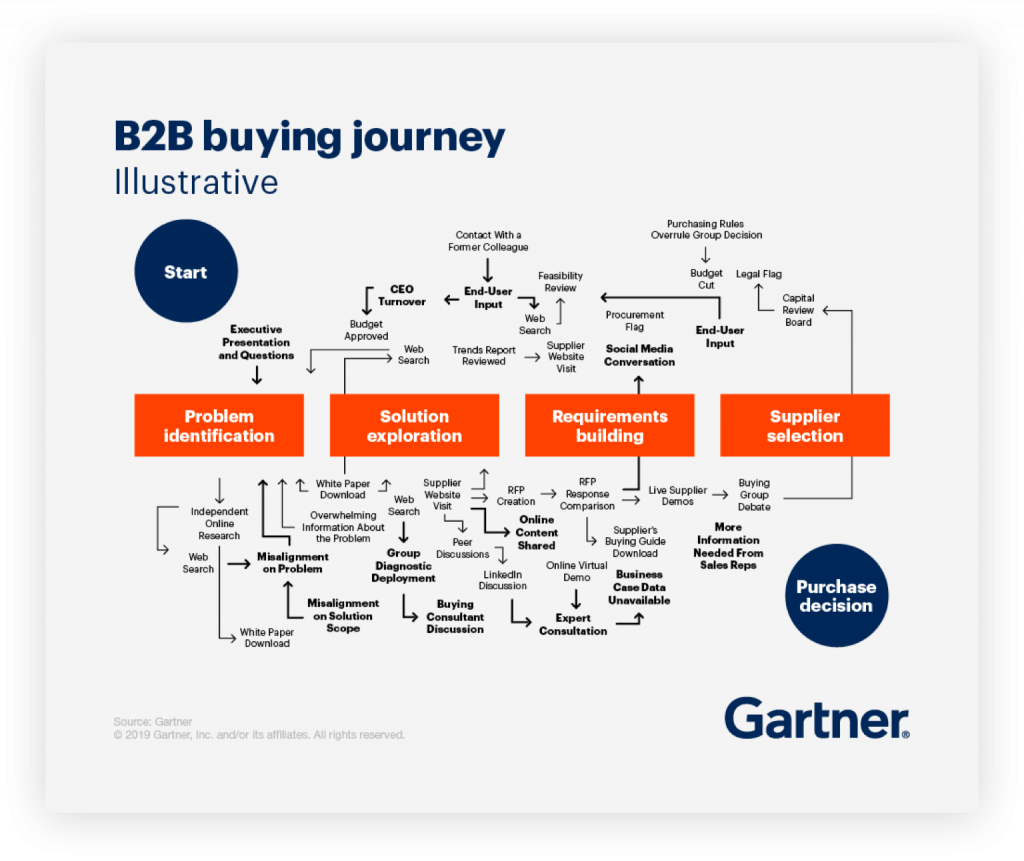Home › Reinvent the B2B Buying Experience with a 3D Product Configurator
Reinvent the B2B Buying Experience with a 3D Product Configurator
The rise of 3D product configurators has been a major catalyst in the growth of B2B ecommerce, empowering both buyers and sellers by pushing the value of self-service and customer experience to a whole new level.
How 3D Product Configurators are Game-Changing for B2B Ecommerce
Understanding 3D Product Configurators
The advancements of 3D product configurators have allowed potential buyers the option to customize and visualize a virtual representation of the end product they desire. Buyers can change a product’s characteristics like specifications, features, dimensions, color, and more to meet their specific needs. The number of customization options customers have with 3D product configurators is only limited to what the seller specifies as viable. It can be as simple as allowing customers to view products in available colors or as intricate as builds with 100s of available components to specify.
The Traditional B2B Buying Experience
In a recently published research report, Gartner found that 77% of B2B buyers expressed that their purchases were complex or difficult. B2B buyers will often go through a six phase buying process: identifying the problem, exploring the solution, creating the requirements, selecting the supplier, qualifying the solution, and creating consensus among all stakeholders. However, the process is not as linear as it may seem because there is typically back and forth between phases as stakeholders try to find the right solution.

Reducing Friction In the Process
3D product configurators cut down the clutter by adding efficiency into multiple stages of the buying process. It can speed up the solution exploration phase for buyers because it allows them to quickly understand what you’re offering. Buyers can explore every available option for the product and see it visually and dynamically customized. The value of self-service in product configurator tools can guide buyers further down the sales funnel by offering upsells, cross-sells, quotes, or to book meetings, saving salespeople time and energy. During the requirements building process, product configurators let the seller quickly get to know the needs and requirements of the buyer accurately, without demanding a lot of back and forth communication with the seller. Both parties will understand the specifications about the products, which components to be installed, and what the buyer’s budget is. Because product configurators build a clear understanding between buyers and sellers, it mitigates human error, reworks, and customer dissatisfaction.
Empowering The Buyer
Buyers want to feel like they’re making the right decision without pressure, and that’s what 3D product configurations can provide. B2B buyers may have to invest a lot of time exploring a solution because most enterprise-grade products are high-ticket items; buyers have to feel confident about the product with proper due diligence. So traditionally, buyers would have to go through a product demo and consultation process at a set time or location, which can be inconvenient or lead to costs that could be saved. The upside of an in-person buying process allows customers to see, feel, and experience the product directly. With the right 3D product configurator software, it can provide buyers the life-like immersive visual experience with even more benefits for the buyer to interact with, like dynamic product customization and simulation at their own pace, anywhere, and anytime.
Implement a 3D Product Configurator That Scales
There are a variety of 3D product configuration options available in the market today. When choosing a solution for your website or dealer portal, keep in mind that you want to find a scalable option that can portray all the capabilities you have to your customers as your offerings grow or change.
Think of the ideal software as your best salesperson who can provide a tailored experience, is knowledgeable about the intricacies of the product, and can guide the buyer towards the right products and specifications to meet their needs. Aside from the beautiful 3D experience of customizing and visualizing the product that the ideal 3D configurator offers, you should also consider more critical features; These could include live pricing, production-ready output files, product templates, and integrations with your business processes like enterprise resource planning software, sales platforms, configure-price-quote (CPQ) platforms, and product information management systems.
If you’re interested in finding the right 3D product configurator for your online business, reach out to us, and we can help.






